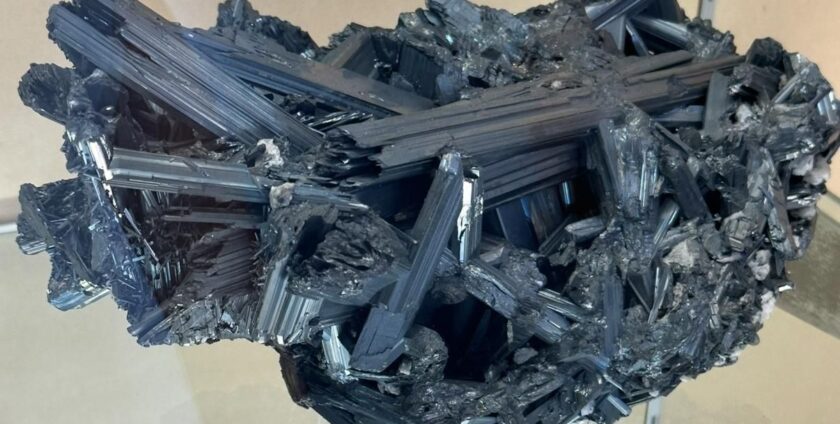
As antimony prices rise, many worry not just about supply, but about something more fundamental: will end-users abandon it altogether?
We spoke with flame retardant manufacturers, one of the largest antimony-consuming sectors. They confirmed: substitution efforts are ongoing — but they began over a decade ago, during the 2010s price surge. Back then, global demand dropped by 10–15%.
Today, antimony content in alloys and compounds is still being reduced. After it was classified as a carcinogen, Western producers doubled down on finding alternatives. But according to industry voices, the technical and performance limits of substitution have largely been reached.
Meanwhile, new applications are emerging — particularly where antimony’s heat-resistant properties are critical. In these cases, the added product value outweighs raw material costs.
The bold conclusion : The market isn’t heading toward cheaper antimony. It’s heading toward accepting its price — and building higher-value products around it.
- By:admin
- 0 comment